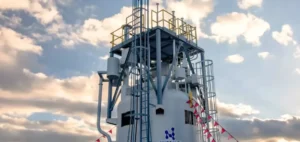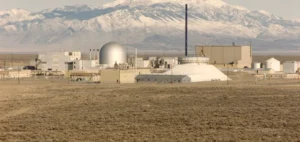EDF’s Director of Public Debate, Antoine Ménager was speaking during a webcast on the topic of “the future of nuclear investment in Europe.” The conference was organized by the French pro-nuclear non-governmental organization Les Entretiens Européens.
He stated that EDF was about to build two new 1650 MW EPR2s at the 2764 MW Penly plant. The first unit is expected to come on stream between 2035 and 2037. Antoine Ménager admitted, however, that “an acceleration of the timetable was possible.”
On the other hand, he specified that EDF must consult the public before triggering a notification from the regulatory authorities. Consequently, the National Commission for Public Debate (CNDP) will conduct a ten-step public consultation. EDF will have the status of “contributor” to this independent body responsible for organizing debates on major national projects with an impact on the environment.
EDF’s objectives
France plans to build 14 new nuclear units by 2050. President Emmanuel Macron outlined this goal in his February 10 speech. The first six EPR2s would form the basis of this new construction program. EDF wants to keep an open mind in these discussions, according to Antoine Ménager.
In this regard, he states:
“Under French law, the CNDP organizes the debate and makes the decisions. EDF will place new reactors on existing sites because the populations located near the plants trust us.”
Nuclear energy represents about 70% of France’s energy mix. The country is subject to a legally binding target, under European legislation, of achieving carbon neutrality by 2050.






















